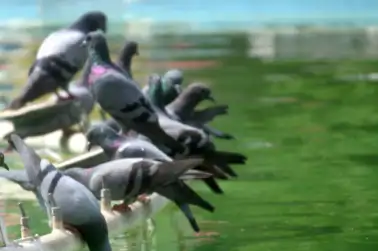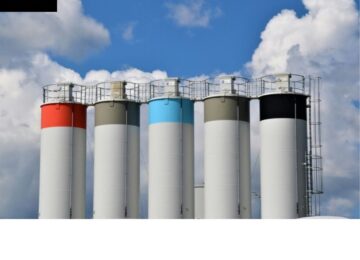New Delhi: If one is wondering why the BJP and Prime Minister Narendra Modi has chosen water as its new hobby horse, then there is a valid reason for it. Ostensibly, there is an all-pervasive water crisis in the country with reservoirs and water bodies parched due to a delayed monsoon owing to the alarming presence of El Nino once again.
However, long before the advent of the monsoon, as early as April this year when the BJP manifesto for the Lok Sabha polls 2019 was unveiled, the underlying credo was water.
In fact, after the promise of 24×7 electricity to all, BJP zeroed in on providing water to all. It emphasised on 'Sujal' (drinking water) for every citizen of the country. It even went on to add that a new ministry would be created to address water management issues.
With the idea of water management at its core, Modi through the 'Sankalp Patra' argued about the challenges of the past as well as the party's collective vision for the future.
Since then we have seen the Prime Minister reiterate his position on water during his recent 'Mann Ki Baat' conversation with the people of India and the Union Budget also mirroring this new agenda.
The impetus comes from its ideological arm — Rashtriya Swayamsevak Sangh (RSS) — which as early as March 10 gave the clarion call in Gwalior. Sarkaryavah Bhaiyaji Joshi understanding the import of what could degenerate into an acute water crisis in the impending summer months addressing a presser on the third and final day of the powerful Akhil Bharatiya Pratinidhi Sabha outlined the Sangh's vision.
The RSS was obviously prescient and provided the directional inputs to its political platform the Bharatiya Janata Party (BJP).
Bhaiyaji Joshi clearly articulated that the RSS had taken up a spanking new initiative in the field of environmental protection with a focus on Samajik Samrasta. Among the key drivers, he said, would be water conservation, water management, planting trees among others.
Moreover, the newly christened Jal Shakti Ministry was allocated Rs 28,261 crore in the Union Budget, and while it was trimmed due to financial constraints by 9.4 per cent, the "har ghar jal" call was in earnest.
The government has identified 1,592 blocks, which are critical and overexploited, spread across 256 districts for Jal Shakti Abhiyan. On key metrics within the budget outlay, there are hikes for National Rural Drinking Water mission.
Pertinently, the Centre has stated that it wishes to complete 10 lakh projects linked to water conservation through MGNREGA in the first 100 days, with the budget outlay for MGNREGA going up by nine per cent to Rs 60,000 crore. This means that instrumentality of MGNREGA, a flagship scheme with a huge budget will be optimally utilised, to push water projects — a sensible move, given that capital for public spending is deficient.
Subsequently, the BJP manifesto zeroed in on drinking water as part of Gram Swaraj (rural empowerment). The BJP said it will ensure that people residing in villages will have access to resources. The saffron party said this would be the perfect tribute to mark the 75th year of India's Independence in 2022 and 150th birth anniversary of Mahatma Gandhi.
To materialise Sujal (Drinking water) project, the BJP had said that it would launch ‘Jal Jivan Mission' under which the new government, if elected after Lok Sabha elections 2019, would introduce a special program, ‘Nal se Jal' to ensure piped water connection to every household by 2024.
Saying that Jal Shakti is an integral part of ‘Foundation for New India', the BJP government also said that if elected, it would focus on water supply through conservation of rural water bodies and ground water recharge. BJP said water was a critical resource and the new Ministry will take forward the ambitious programme of linking rivers to ensure a solution to the issues of drinking water and irrigation.
This was conceptualised by former Prime Minister Atal Bihari Vajpayee. Apart from this, BJP had said if it formed the new government, it would ensure sustainability of water supply through special focus on conservation of rural water bodies and ground water recharge.




























